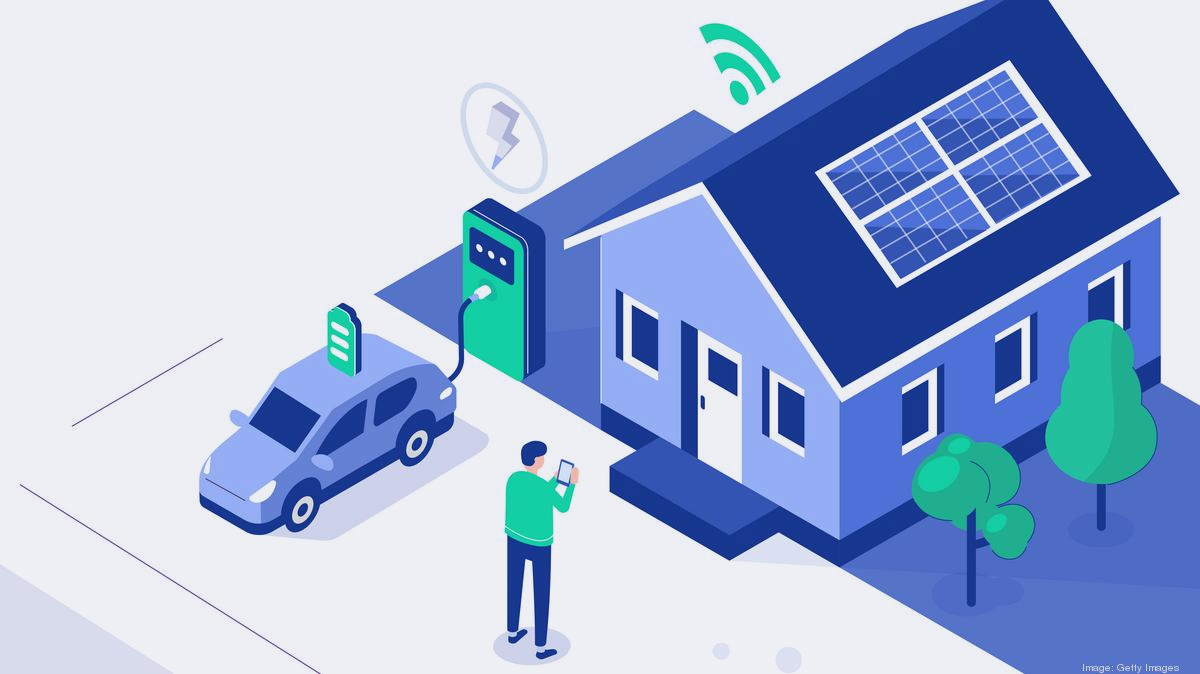
11 Mar With Electric Cars Rolling, Washington Should Now Turn to Electric Homes
BY AARON SMITH Original Article: https://morningconsult.com In his 2011 State of the Union address, President Barack Obama set a goal for the United States to become the first country to have 1 million electric vehicles on the road, pledging a historic $2.4 billion in federal grants to make it happen. Flash forward to today: Tesla is the most valuable carmaker in the world, and America has at least 1.5 million plug-in vehicles on the road. The federal government clearly has the power to advance sustainable technologies. So where should President Joe Biden look next for a cleaner, healthier future? To where Americans spend most of their lives: the home. American homes have always been monsters of energy consumption, typically accounting for 20 percent of U.S. greenhouse gas emissions. But the situation has grown more dire during the pandemic: Americans spent about an extra $6 billion on at-home power consumption from April to July 2020. Demand for home buying and new construction has skyrocketed, suggesting that current trends in home energy use will continue as working from home becomes a new normal for millions. This should be troubling to sustainability advocates. While the commercial real estate and auto industries have undergone green revolutions over the past decade, residential real estate has not. Fossil fuels such as natural gas, propane and fuel oil continue to be mainstays of American homes, while an outdated patchwork of state and federal policies — protected by lobbying from established industry giants — is preventing the widespread adoption of new practices. But there is good news. An abundance of renewable energy technologies and construction techniques are available and ready to go mainstream. Zero energy homebuilders are plentiful, and consumer demand for greener dwellings is on the rise. Without a doubt, the Tesla of homebuilding is out there, waiting for its breakout moment. The Biden administration and Congress can usher that moment in — and they must if they intend to meet the emissions reduction targets laid out by the Paris Accord. Decarbonizing the electric grid will not be enough to reduce home emissions. More houses must be built or retrofitted with heat pumps, induction cooktops, fresh air ventilation and insulation, as well as rooftop solar panels, on-site battery storage and more. This requires accelerating existing federal programs, such as the Environmental Protection Agency’s Indoor airPLUS Program and the Department of Energy’s Zero Energy Ready Homes Program. These agencies were largely forgotten during the Trump administration. Now is our chance to maximize their impact. Federal grants are also in order, like those Obama adopted for electric vehicles. The Biden Administration can ramp up investment in the Energy Department’s Property Assessed Clean Energy Programs, which help subsidize certain energy-efficient retrofits — like upgrading an old furnace in an office building. These PACE grants should be expanded and made available for new residential construction. Meanwhile, Congress should consider new tax incentives and subsidies for high-performance technologies for home building and renovation. As we learned from the electric car revolution, federal action can produce a ripple effect of state-level reforms. This is key for residential home construction, given the central role that state and local building codes play in promoting adoption of new standards. Biden can be a trendsetter for the green home revolution across every level of government, which would also stimulate consumer demand. Greener homes would pay dividends not only to the environment, but also to economic equality. The ongoing spike in demand for housing is driving prices up, making homeownership financially untenable for many young and disadvantaged Americans. High-performance homes can lower the total cost of homeownership. New tax incentives, subsidies and grants for electric homes could further increase affordability and opportunity. Economic growth would also receive a boost, as consumers with lower utility bills have more cash to spend at businesses. Perhaps best of all, high-performance homes will improve public health by reducing air pollution and enabling cleaner air in our homes, neighborhoods and communities. In the midst of a global pandemic, and with air pollution killing 7 million people a year worldwide, these benefits speak for themselves. Here’s the bottom line: How we build our homes is how we build our future. Biden has a golden opportunity to be for green homes what his former boss was for green vehicles — a harbinger of the next revolution. This is not only an opportunity; it is an obligation. Home energy use is rising, housing demand is growing, public health challenges are surging and the political stars have suddenly aligned in Washington. The moment has arrived, so let the electric home transformation begin. Aaron Smith is the CEO of the Energy and Environmental Building Alliance, which represents over 50,000 environmentally conscious builders across North America.



